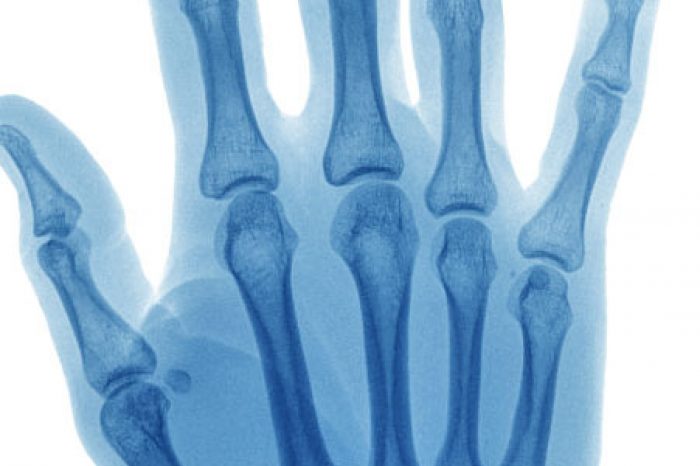

Trigger finger, or stenosing tenosynovitis, is a common hand
condition that causes pain, stiffness, and finger locking.
Traditionally, many patients are referred to hand surgeons for
evaluation and potential surgery. However, a recent study by Yanko et
al. highlights an interdisciplinary approach that prioritizes conservative management
before considering surgical intervention.
The study reviewed 72 patients initially referred for surgical consultation but redirected to physical therapy (PT) first. The results demonstrated that:
The study emphasized an interdisciplinary approach involving physical therapists, primary care physicians, and hand surgeons. This approach benefits patients by:
Patients in the study followed a stepwise treatment protocol, which included:
Prioritizing conservative management through a structured, evidence-based pathway enhances patient outcomes while optimizing healthcare resource utilization.
The findings of Yanko et al. reinforce the importance of a collaborative, interdisciplinary approach to trigger finger management. By integrating physical therapy and conservative care as first-line treatments, healthcare providers can reduce the need for surgery while improving patient satisfaction and recovery.
If you or someone you know is experiencing symptoms of trigger finger, consult with a healthcare provider about non-surgical treatment options first.
(781) 591-7855
20 Walnut St
Suite 14
Wellesley MA 02481
Learn about ultrasound-guided A1 pulley release for trigger finger treatment, a minimally invasive procedure with a 97% success rate and fast recovery time. This technique is safer and more effective than traditional
Read MoreTrigger finger, also known as stenosing tenosynovitis, is a common hand condition that affects the tendons in your fingers or thumb. If you're dealing with pain, stiffness, or a locking sensation in your fingers, you
Read More